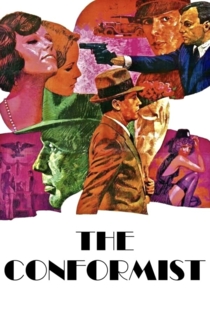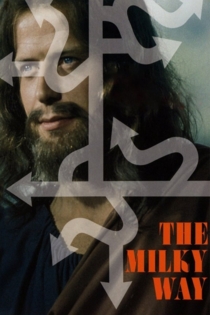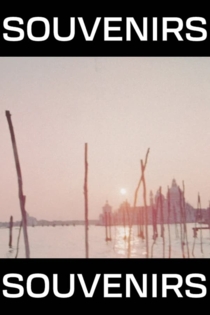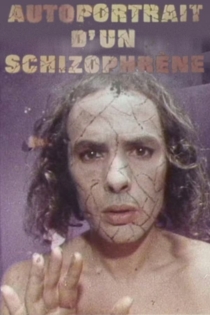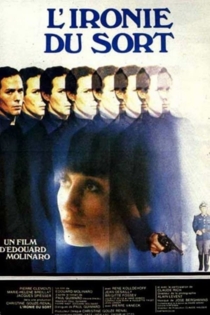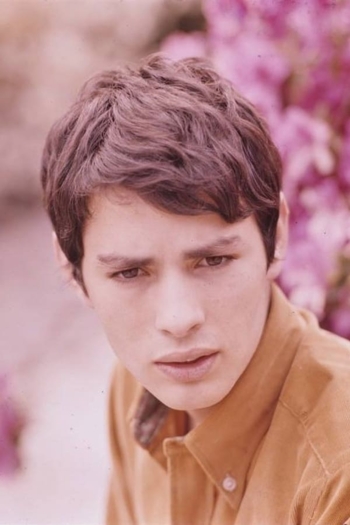
Pierre Clémenti
1942 - 1999Born in Paris, Clémenti studied drama and began his acting career in the theatre. He secured his first minor screen roles in 1960 in Yves Allégret's Chien de pique performing alongside Eddie Constantine. Arguably, his most famous role was that of gangster lover of bourgeois prostitute Catherine Deneuve in Belle de jour, the 1967 classic by Luis Buñuel, in whose film La voie lactée he played the Devil. He appeared in several highly regarded films of the period, working with many of Europe's best known directors, including Luchino Visconti (The Leopard), Pier Paolo Pasolini (Pigsty) and Bernardo Bertolucci (The Conformist and Partner). Other directors he has worked with are Liliana Cavani, Glauber Rocha, Miklós Jancsó and Philippe Garrel.
In 1972, his career was derailed after he was sentenced to prison for allegedly possessing or using drugs. Due to insufficient evidence, Clémenti was released after 17 months; later he penned a book about his time in prison. After his release he played the role of ever-optimistic sailor of the Potemkin in Dusan Makavejev's scandalous movie Sweet movie, and the role of the seductive saxophone player Pablo in Fred Haines's film adaptation of Herman Hesse's novel Steppenwolf. Throughout his career, he continued to be active on-stage.
He was also involved with the French underground film movement, directing several of his own films, which often featured fellow underground filmmakers and actors. Visa de censure no X was an experimental work made up of two of films. New Old was a feature length work released in 1978 in which Viva appeared. La Revolution ce ne'est qu'un debut, continuons le combat, followed by In the shadow of the blue rascal and Sun. He died of liver cancer in 1999
Description above from the Wikipedia article Pierre Clémenti, licensed under CC-BY-SA, full list of contributors on Wikipedia.
Attendre le navire
Alain Raoust
Antonie Bergmeier, Pierre Clémenti
The journey on the edge of an ocean of a poet, two terrorists, a film-maker, a reporter and two lovers, in search of a ship leaving for Nowhere. A ship like hope for all those who wait: the misguided, the misaligned, the displaced, the exiles that we are at certain times, that we are one day or another, a little earlier, a little later.
Attendre le navire

The Leopard
Luchino Visconti
Burt Lancaster, Alain Delon
As Garibaldi's troops begin the unification of Italy in the 1860s, an aristocratic Sicilian family grudgingly adapts to the sweeping social changes undermining their way of life. Proud but pragmatic Prince Don Fabrizio Salina allows his war hero nephew, Tancredi, to marry Angelica, the beautiful daughter of gauche, bourgeois Don Calogero, in order to maintain the family's accustomed level of comfort and political clout.
The Leopard

Belle de Jour
Luis Buñuel
Catherine Deneuve, Jean Sorel
Beautiful young housewife Séverine Serizy cannot reconcile her masochistic fantasies with her everyday life alongside dutiful husband Pierre. When her lovestruck friend Henri mentions a secretive high-class brothel run by Madame Anais, Séverine begins to work there during the day under the name Belle de Jour. But when one of her clients grows possessive, she must try to go back to her normal life.
Belle de Jour

Chromo sud
Étienne O'Leary
Anne-Marie, Michel Auder
One of the very few films made by Etienne O'Leary, all of which emerged from the French underground circa 1968 and can be very loosely designated 'diary films.' Like the contemporaneous films by O'Leary's more famous friend Pierre Clementi, they trippily document the drug-drenched hedonism of that era's dandies. O'Leary worked with an intoxicating style that foregrounded rapid and even subliminal cutting, dense layering of superimposed images and a spontaneous notebook type shooting style. Yet even if much of O'Leary's material was initially 'diaristic,' depicting the friends, lovers, and places that he encountered in his private life, the metamorphoses it underwent during editing transformed it into a series of ambiguously fictionalized, sometimes darkly sexual fantasias. - Experimental Film Club
Chromo sud

Positano
Pierre Clémenti
Tina Aumont, Pierre Clémenti
Positano is an island of the Amalfi Coast that Neptune would have, according to legend, created for the love of a nymph. Perched on the rocks of the island, the house of Frédéric Pardo and Tina Aumont became in 1968 a meeting place for the underground community. Pierre Clémenti stays there for a while and makes images of dazzling sensuality. Beyond Pierre Clémenti's intimate love of these faces and bodies often naked in this Mediterranean landscape, the film reveals the moving beauty of a utopia where living together could still be achieved in a territory of sharing and permanent creation. Flow of perceptions of consciousness, visual impressions, physical impregnations, the work of Pierre Clémenti is an ode to sensuality and "life-cinema".
Positano

Homeo
Étienne O'Leary
Michèle Giraud, Yves Beneyton
Homeo is a mental construction made from visual reality, just as music is made from auditive reality. I put in this film no personal intentions. All my intentions are personal. I’ve made this film thinking of what the audience would have liked to see, not something specific that I wanted to say: what the film depicts is above all reality, not fiction. Homeo is, for me, the search for an autonomous cinematographic language, which doesn't owe anything to traditional narrative, or maybe everything. Cinema is, above all, part of a way of life which will become more and more self-assured in the years and century to come. We are part of this change, and that’s why I tried in Homeo to establish a series of perpetual changes, in constant evolution or regress, which tries, above all, to focus on things.
Homeo

La deuxième femme
Pierre Clémenti
Tina Aumont, Balthazar Clémenti
Over the course of more than fifteen years, Clémenti films a series of intimate diaries, starting from daily encounters. In La deuxième femme, we see Bulle Ogier and Viva, Nico and Tina Aumont, Philippe Garrel and Udo Kier, a performance by Béjart, a piece by Marc’O, concerts by Bob Marley and Patti Smith (not always recognisable)... It’s like a maelstrom of psychedelic images that are passed through a particle accelerator.
La deuxième femme


